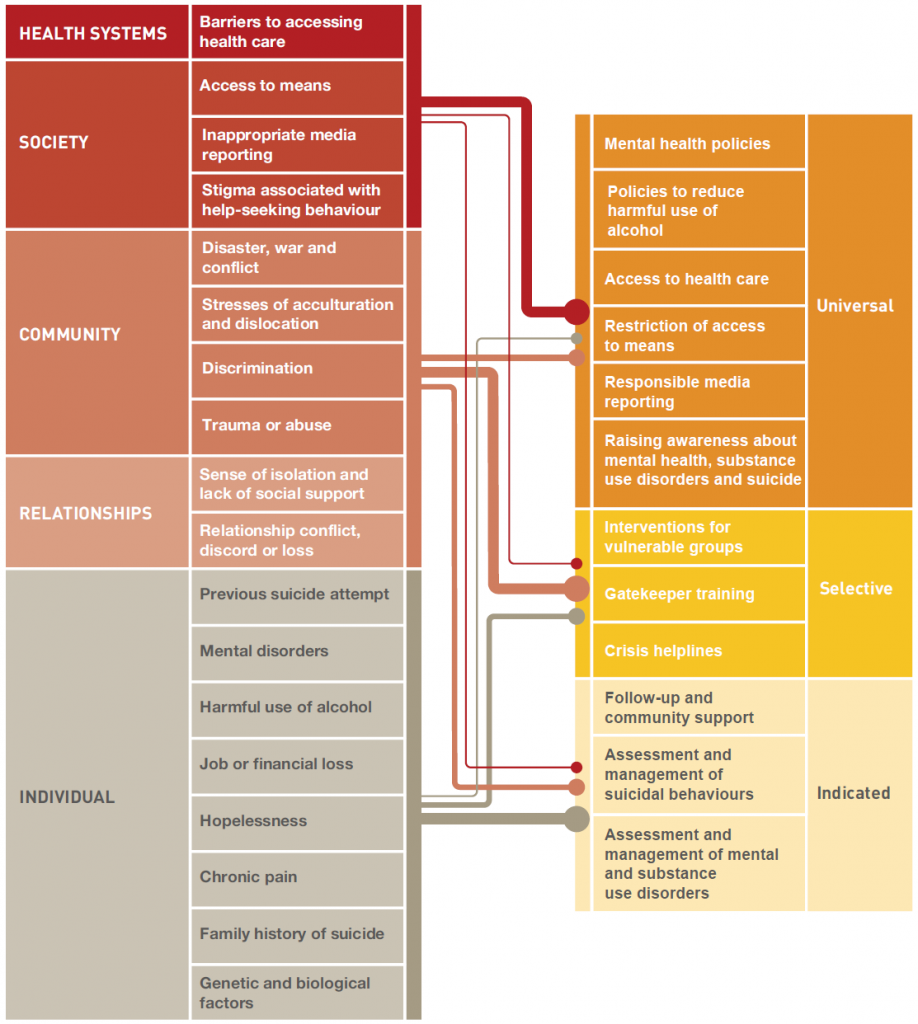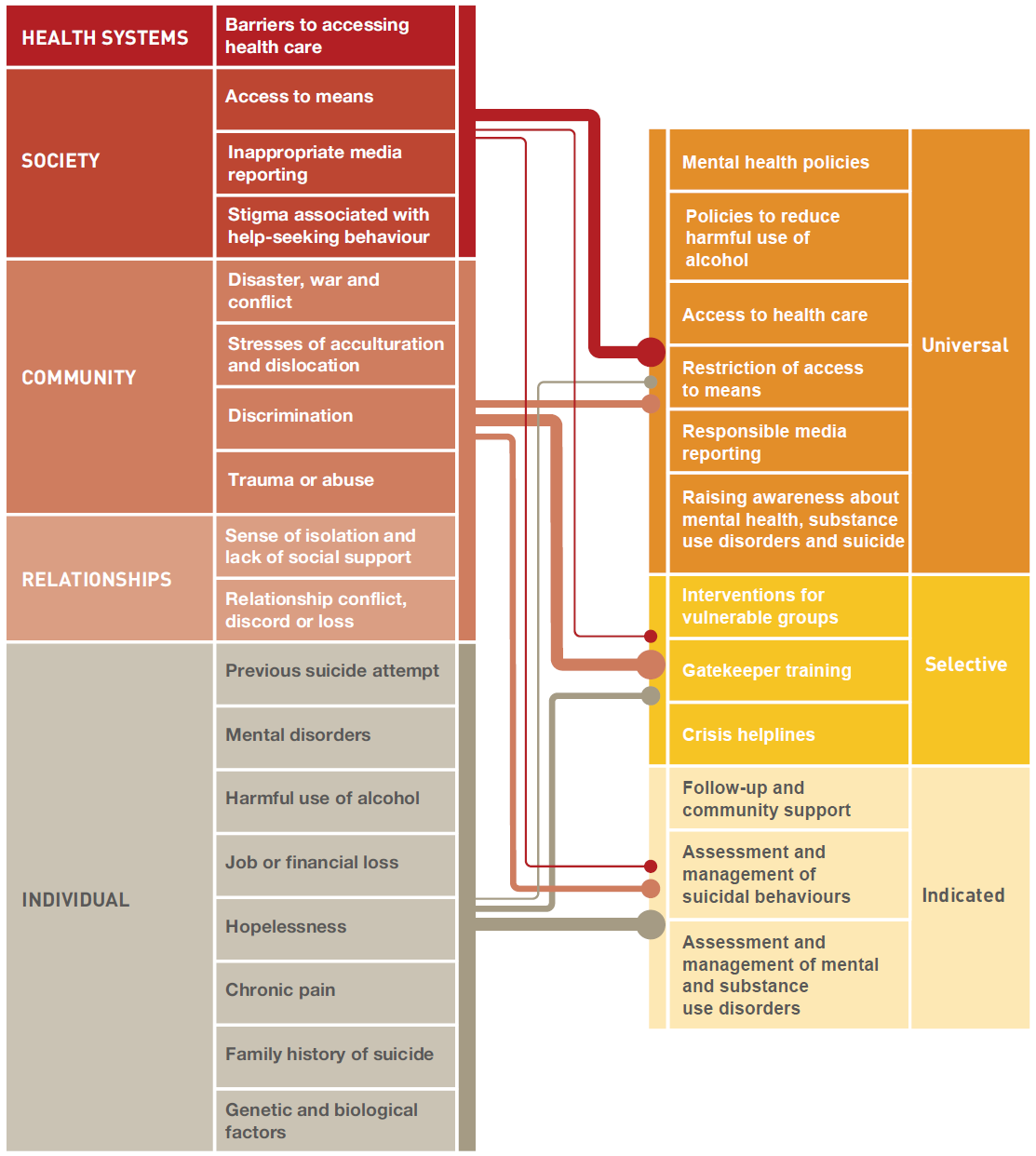“Mental illness is not a personal failure. In fact, if there is failure, it is to be found in the way we have responded to people with mental and brain disorders” Dr Gro Harlem Brundtland, former Director-General of WHO
Worldwide, one in four people will be affected by mental or neurological disorders at some point in their lives. Approximately 43.7 million Americans, a fifth of adults, experienced mental illness in the past year alone.
One in 10 Americans report being depressed in the past two weeks; 6.9% experienced depression in 2012. Thats an estimated 16 million adults, and over half that amount approximately 8.3 million adults report having serious thoughts of suicide in the past year. Suicide is the third leading cause of death among persons aged 15-24 years, the second among persons aged 25-34 years. Among individuals aged 45-54 years, suicide rates have increased 37.9% between 1999-2009. Moreover, while 90% of individuals who complete suicide suffer from a potentially treatable mental disorder, less than 15% of those suffering from mental or emotional problems receive treatment.
If you have not experienced this debilitating condition yourself, you know someone who has. Your child? Friend? Colleague? Student? A member of your congregation? Today is World Mental Health Day and while there is a pressing need to develop prevention science and better treatment, there is also urgency in breaking the silence and overcoming stigma. Simply put, lets talk about it. Treatments for cancer are not perfect, yet we no longer whisper about cancer in hallways we consult friends and colleagues, participate in walks and races, and embrace opportunities for prevention.
In June 2014, the Vitality Institute launched Recommendations with the vision of health being embraced as a strategic imperative across sectors and as a core value in society. This includes mental well-being which requires cross-sector collaboration and market innovation for progress.
Everyone has a role to play.
Communities can support those living with mental illness by speaking about it openly and providing social support. Universities can support students through collaboration with specialized non-profits rather than dismissing them from campus. Employers can include mental health promotion in wellness programs. Markets can support mental health through innovation, such as personalized online programs and coaching. Governments can enhance access to quality services and launch effective media campaigns, such as the Surgeon Generals call for suicide prevention.
No more silence. It is time to work together to build a holistic Culture of Health.
Image: Key Risk for Suicide Aligned with Relevant Interventions. Click to enlarge. (Source: WHO Report Preventing Suicide: A Global Imperative“)








